As a synthetic polymer, Nylon is usually melt-processed and molded into film, shapes or fiber. Different types of Nylon can be created including Nylon 6,6, Nylon 6, Nylon 12 and Nylon 4,6. Each different type has a varying set of characteristics.

Nylon, a popular family of synthetic polymers used in many industrial applications, is the heavyweight champion of the 3D printing world. Compared to most other types of 3D printer filament, it ranks as the number one contender when together considering strength, flexibility, and durability.

The most common type of Nylon are Cast Nylon (Type 6) and Extruded Nylon (Type 6,6). The largest applications for Nylon are bearings, cams, valve seats, gears and other bearing and wear applications that require quiet operation, wear resistance and low coefficients of friction.
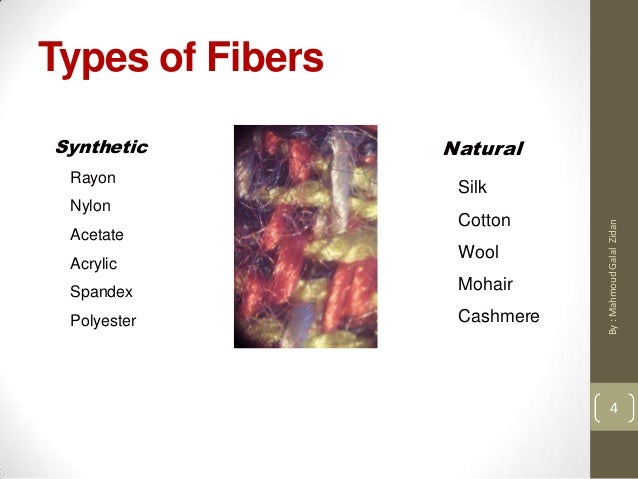
Type 6,6 Nylon 101 is the most common commercial grade of nylon, and Nylon 6 is the most common commercial grade of molded nylon. [74] [75] For use in tools such as spudgers , nylon is available in glass-filled variants which increase structural and impact strength and rigidity, and molybdenum disulfide -filled variants which increase lubricity .
Synthetic fibers and fabrics are all made from a type of polymer but they each have unique properties and characteristics making them useful for specific applications. The fibers and fabrics may include a variety of materials and may feature a blended, fibrous structure produced by copolymerization.
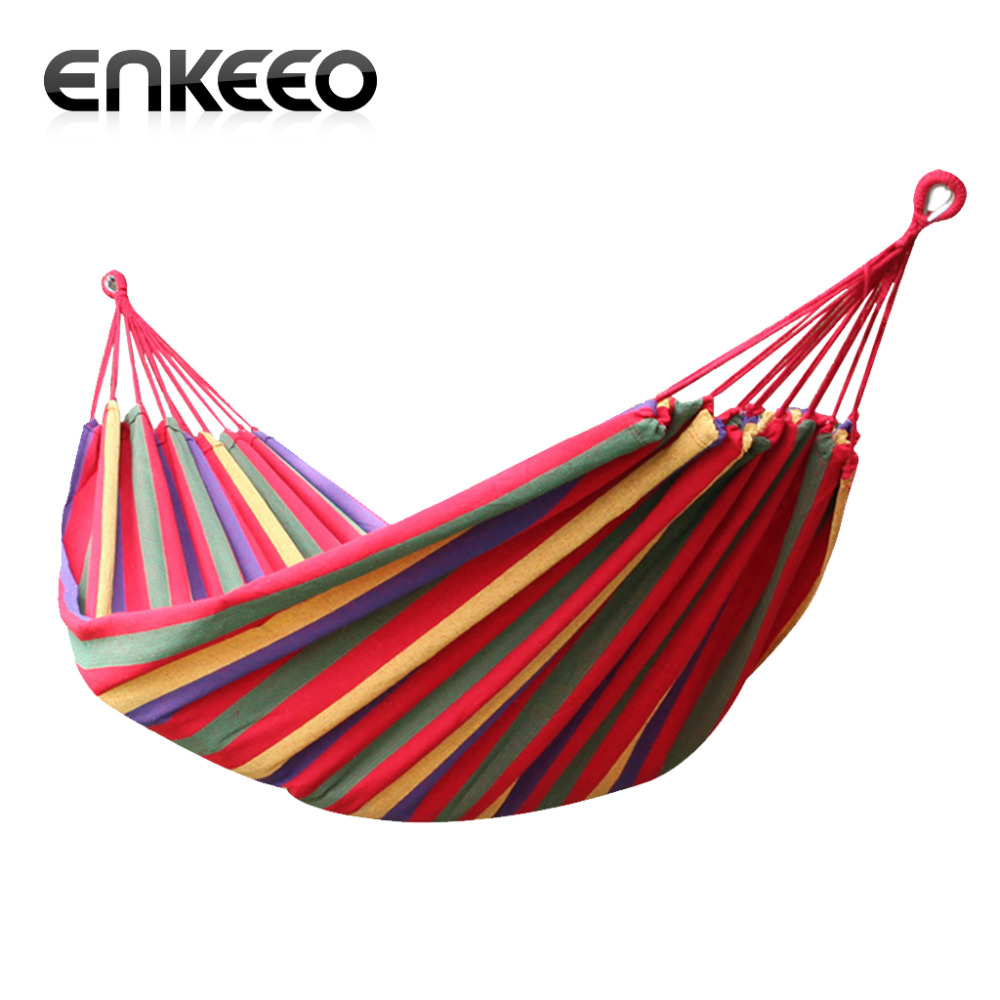

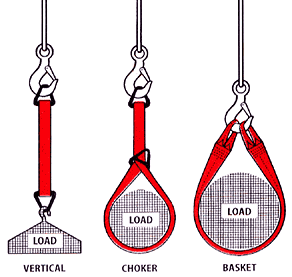

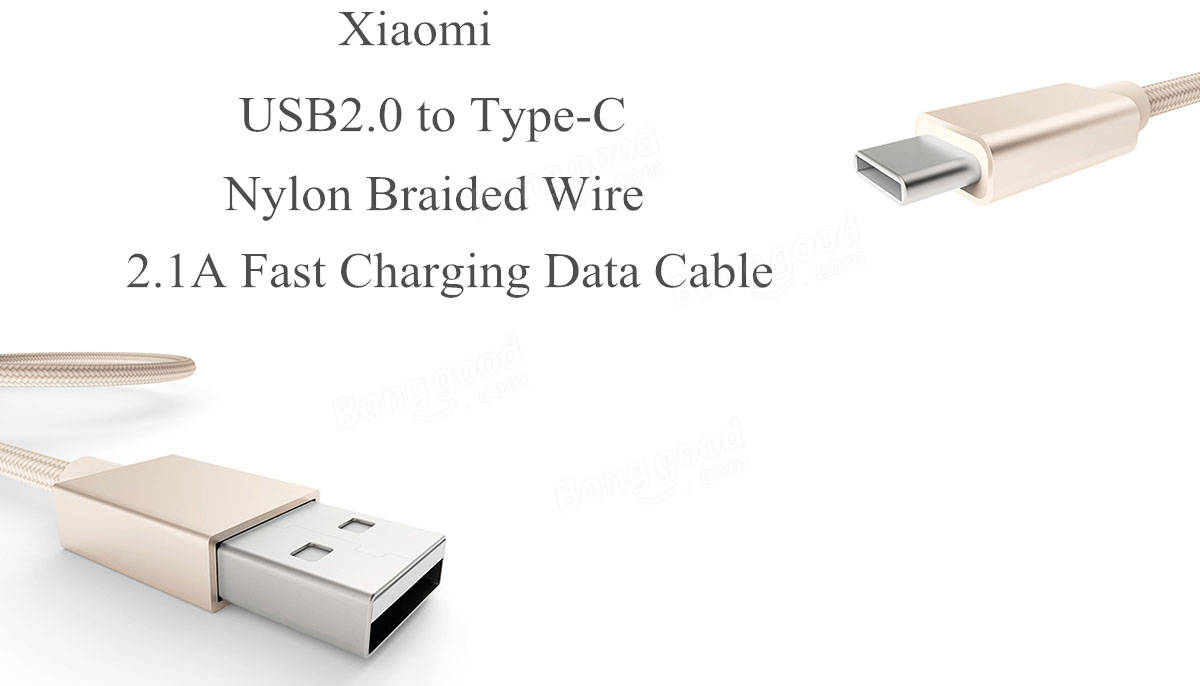
Nylon is a man-made synthetic fiber that is strong while very light in weight, properties that lead to a wide variety of uses, such as fabric, rope and luggage.This fiber was first introduced in the 1930s as an early substitute for silk; it eventually became the fiber of choice for women’s stockings.
Nylon 6 and 6/6 are the two most common grades, but there are filled versions of those and other grades including 6/4, and 12. The number refers to the number of methyl groups on each side of the nitrogen atoms (the amide groups).
It also has number of of other applications including: Electronic applications – Polyesters are widely used for electronic applications. It is even used an s a laminated for other substrates including nonwoven polyester matt and organic/inorganic papers (aramid paper, silica & mica paper).
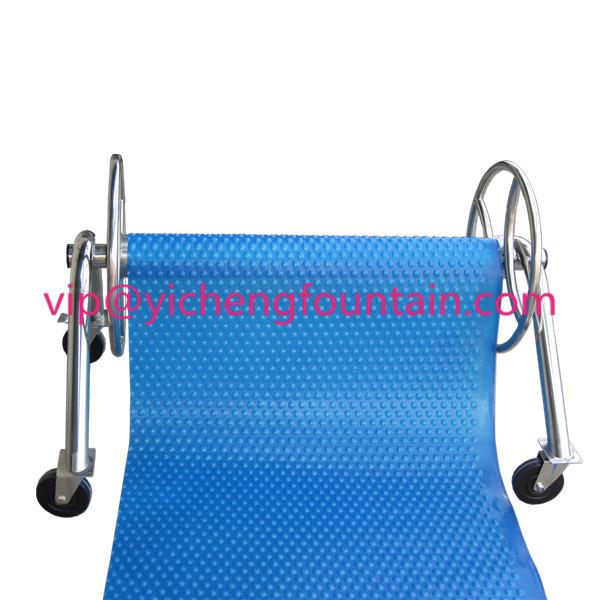
Not just the stuff of pantyhose and carpet fibers, nylon has thousands of applications and uses including automotive, electrical, industrial, engineering, parts and connectors. Molecularly, nylon is a long-chain polymer with reoccurring amide groups.